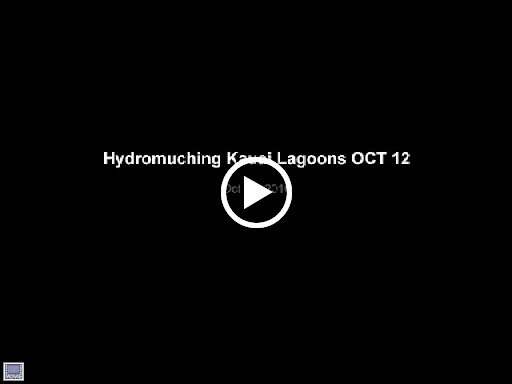
There are many stories about when the “Christmas Tree” and the celebration tradition of the seasonal holiday came to Hawaii. Reading “The Peopling of Hawaii” by Eleanor C. Nordyke” we know plantations brought German immigrants to the islands to support th sugar mills in the late 19the century. They brought with them their culture and traditions which include celebrating with Yule trees.
The German people are credited with introduction of the “Christmas Tree” tradition that has been adopted by cultures around the world and eulogized in the seasonal mele
“O Tannenbaum (Christmas Tree) O Tannenbaum” … Your branches green delight us!” School children learn about the nature of the “Christmas Tree” through the lyrics “In beauty green will always grow. Through summer sun and winter snow.” The Black Forest and Alps Region of Europe of are native to all kinds of fir and pine trees and naturally would be a source of decoration for the villages in Deutschland (Germany). Many of the fine holiday tree ornaments sold in department stores like Neiman Marcus are still handmade in Germany.
According to Gary A. Warner, Travel Writer, “on December 25, 1786 the British ship Queen Charlotte was anchored off present-day Waimea, on the west side Kauai. This was eight years after Capt. James Cook had come into Waimea Bay and "discovered" what he would call the Sandwich Islands, after the Earl of Sandwich, the Lord of the Admiralty.” Warner says the sailors sent trinkets ashore to the native women and children on Kauai and were in return gifted with fruits and pig from native Hawaiians…celebrating the first Kauai Christmas.
In 1846, the popular British royals, Queen Victoria and her German Prince, Albert, were sketched in the Illustrated London News standing with their children around a Christmas tree. Undoubtedly Prince Albert, a Dutchman, brought his Yule traditions to the British Court. This image was circulated around the world. Victoria was very popular with her subjects, and what was done at court immediately became fashionable not only in Britain but in the new America. The Christmas tree had arrived as a holiday tradition.
Kauai has a close connection with Queen Victoria and Prince Albert. A view of the famous English monarch, in profile, was fashioned by nature along the distinctive green Ha'upu Mountain Range that graces Kauai’s south side. It is a delight for visitors and locals to find this unique natural sculpture and ponder its very creation! Hawaii’s own royal Prince Albert Edward Kamehameha, the only child of King Kamehameha IV and Queen Emma Kaleleonalani Naʻea, was the Godson of the Queen and given the royal family name in honor of the dear relationship between Queen Victoria and Queen Emma.
In 1856, King Kamehameha IV moved the official national day of Thanksgiving to Dec. 25, more than coincidentally coinciding with Christmas. A large Christmas party was held on the Royal Residence grounds in 1858, including what is believed to be the first Christmas tree. A few years earlier we know that the Australia's Norfolk Island fir, the Norfolk pine was introduced to Hawaii. In a 2006 Honolulu Advertiser Duane Choy wrote “ The first Norfolk pine seedlings were brought to Hawai'i from the Sydney Botanic Garden in 1852 in a cargo addressed to the "King of the Sandwich Islands." This large pine grows to 130 feet tall and is native to Norfolk Island, which is near the east coast of Australia. It is known botanically as Araucaria columnaris, and is sometimes called the Cook Island pine.
Once cut down, Norfolks will stay green, healthy and gorgeous for more than a month making them a perfect choice for a Island “Christmas Tree.” Norfolk pines do not need much water so they are sustainable. Before mainland fir tree importers and as late as the 1970 Norfolks were the only live trees available for Hawaii famlies for the season. With its near perfect branches it makes a graceful traditional Yule tree. Today in Hawaii a few nurseries specialize in growing the Norfolks for folks who want a live tree and for those who care about keeping foreign invasive species from being unleashed into our island environment, which is a risk with mainland trees. Come to NKO nursery and see Flora in the garden for a perfect Yule gift of a live plant for someone special on you list!




